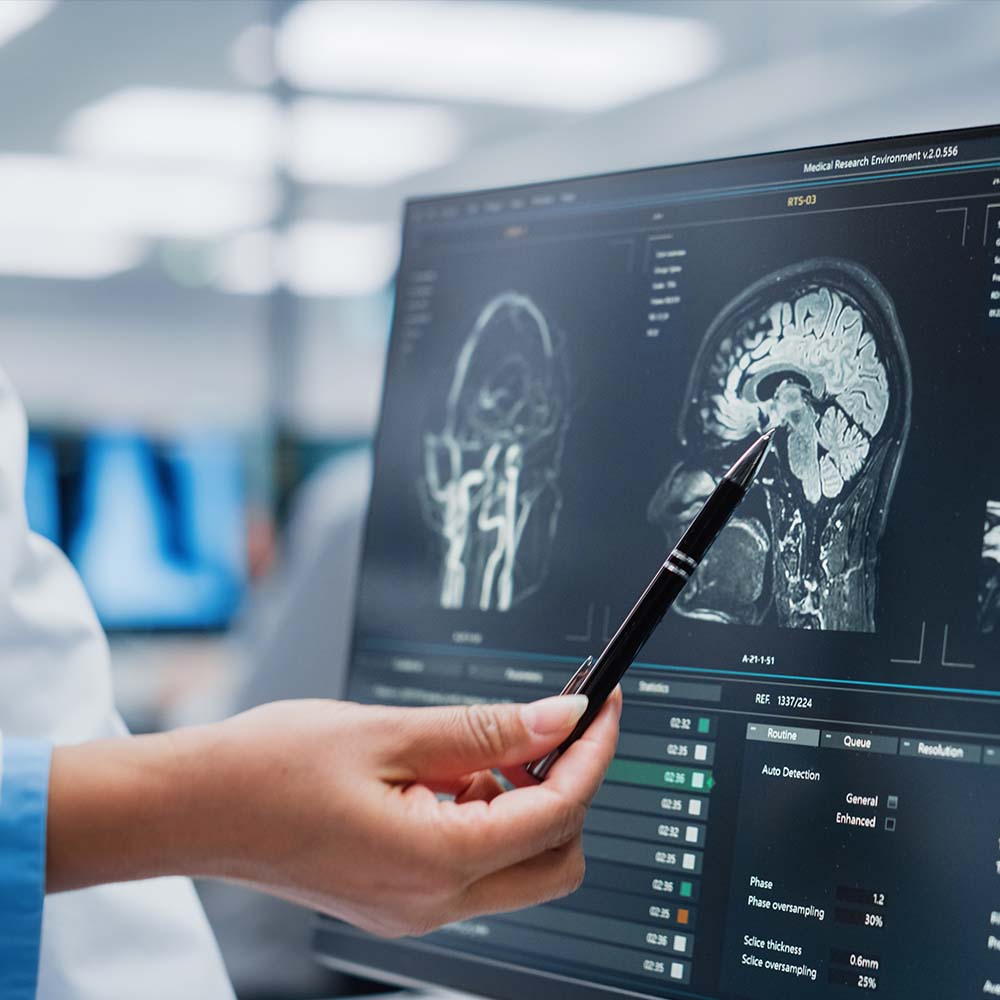MRI is commonly used to diagnose problems in the brain and spinal cord. MRI is also used to examine organs of the abdomen and pelvis, as well as the joints and other musculoskeletal structures. MR Angiography (MRA) specifically focuses on examination of the circulatory system, to help diagnose abnormalities of the heart and blood vessels, congenital abnormalities, arterial disease, vessel obstruction, injury to arteries caused by trauma, and more.
Our radiologists perform MRIs using a variety of equipment.
In association with Merrimack Valley Health Services, Lawrence General Hospital offers a 3T outpatient facility on Route 125 in North Andover and a 1.0T high-field open magnet of the LGH campus in Lawrence.
3 Tesla MRI (3T MRI) is presently the strongest clinical MRI in use, providing faster and clearer imaging than previous MRI technologies. 3T MRI is particularly useful when the details are crucial to diagnosis, such as imaging small bones, breast tissue, musculoskeletal, neurological, and vascular structures. However, just because 3T is the strongest, it does not mean it is the best choice for every situation. Our radiologists will work with you to determine the best option for you.
Open MRI scanners are open on all the sides, unlike the tunnel structure of a typical MRI scanner. Because open MRIs tend to use lower magnet strength, some imaging cannot be performed with these scanners. However, when appropriate, open MRIs can be beneficial for patients who are claustrophobic, who require acute care supervision, or who are too large for traditional MRI scanners.










